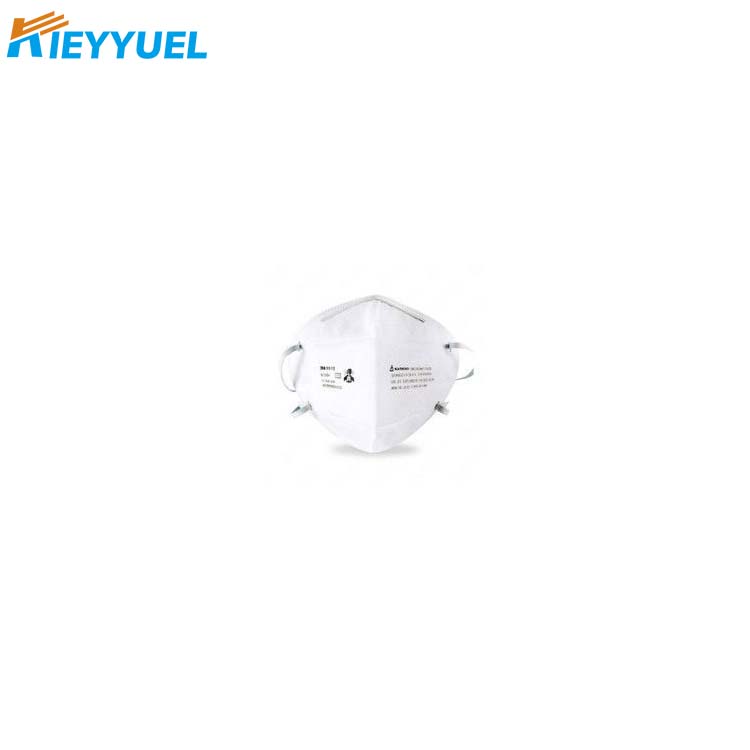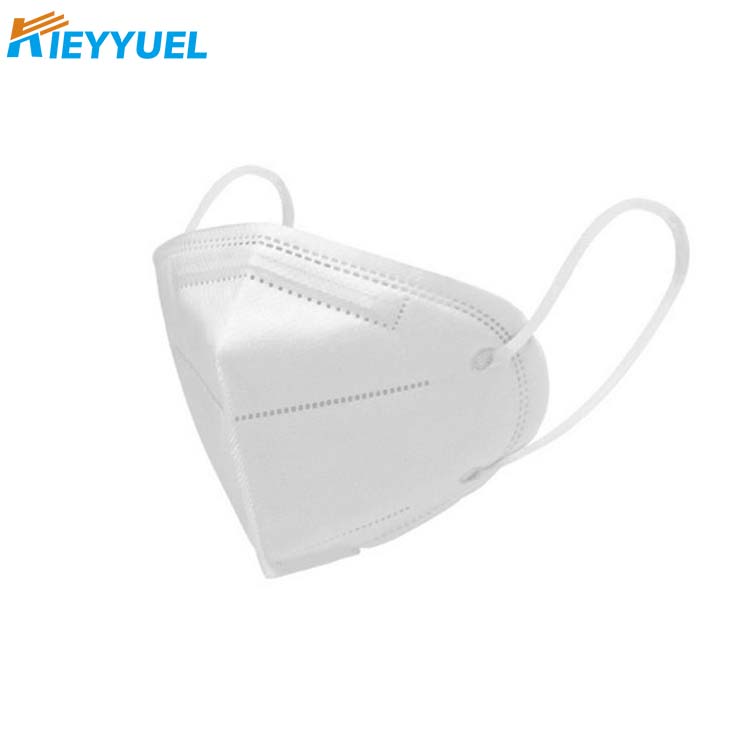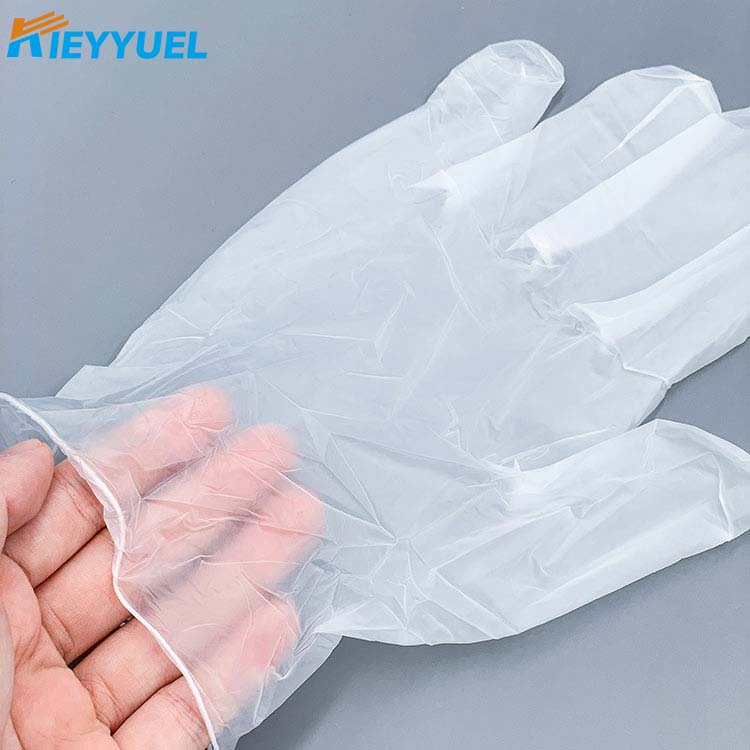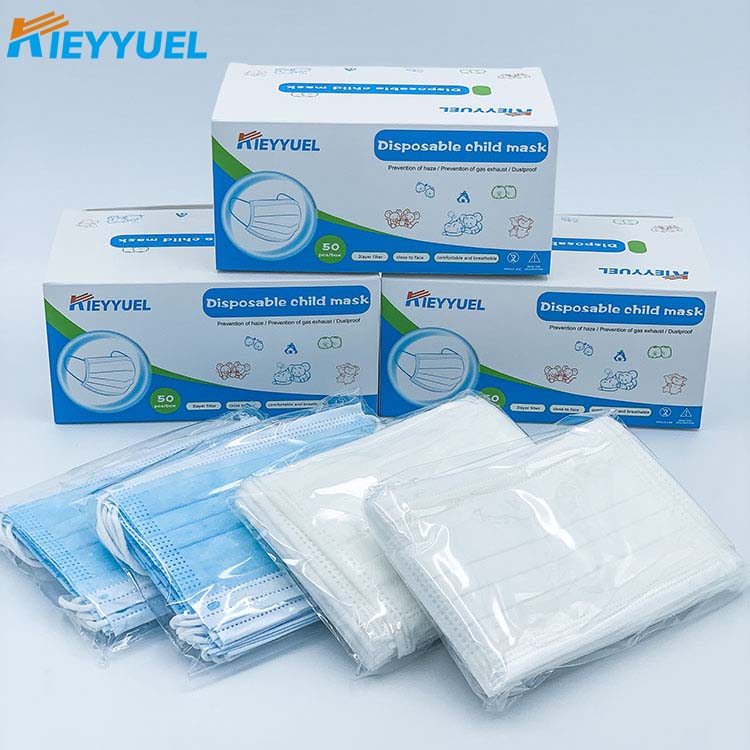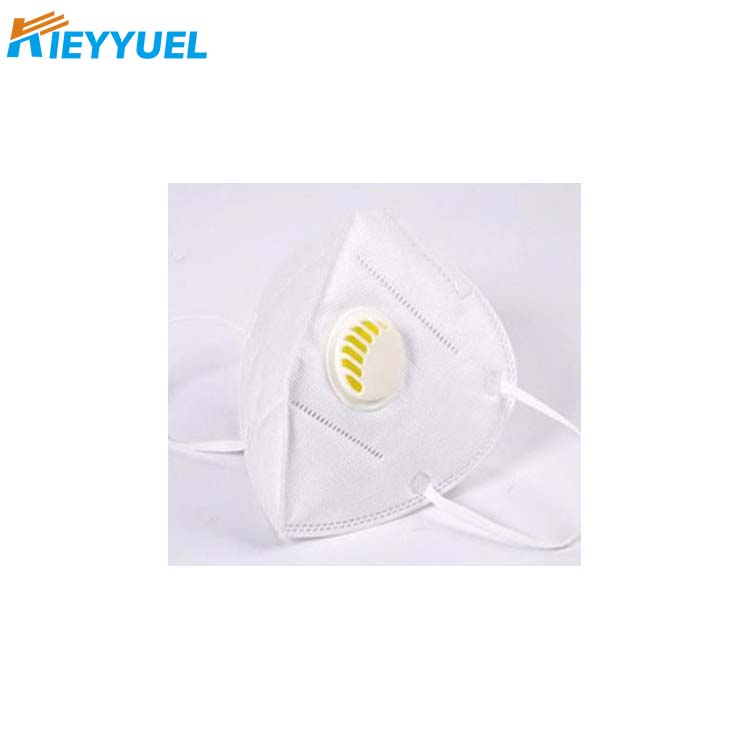During the COVID-19 epidemic, China has strengthened the management of the use of protective clothing during the epidemic. The demand for protective clothing is increasing and the whole country is in short supply. So do you know all the little things about protective clothing?
Classification of protective clothing
At present, in addition to head, hand and foot protective products, there are mainly three types of trunk protective clothing, operating clothing and medical protective clothing.
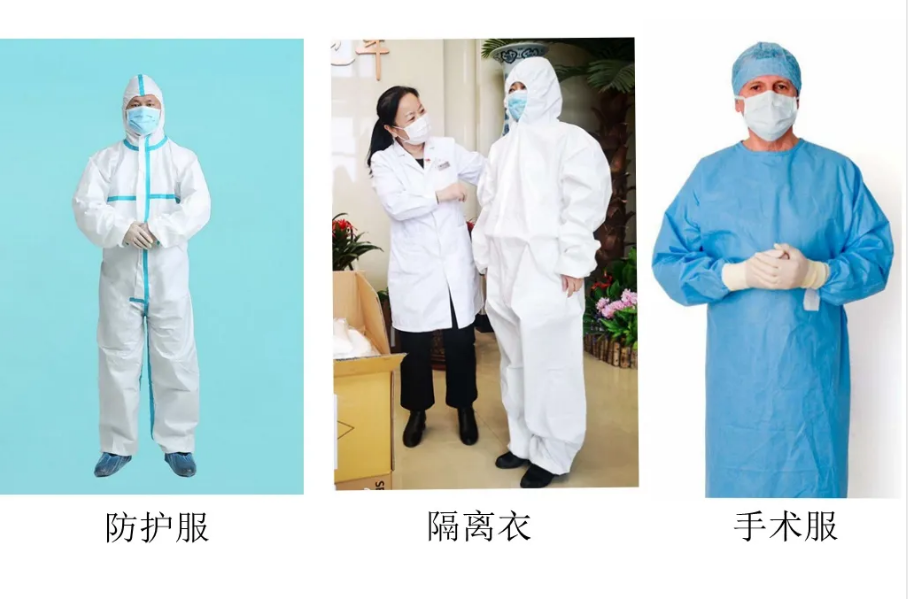
The term "isolation clothes" refers to the clothes worn by medical personnel on occasions such as when they touch patients or when their family members visit patients;
The operating garment refers to the specially designed clothing worn in the operating room;
Protective clothing refers to the clothing worn by personnel in special areas such as medical first aid, entering infectious disease areas and electromagnetic radiation areas.
According to different usage requirements, the three products should meet different performance requirements respectively. The isolation garment is a type I medical device with the lowest performance requirements. There is no industry standard or national standard in China. Operating clothes and protective clothing are the second type of medical equipment. In Accordance with YY/T0506 series standards, China has established research methods for the performance of operating clothes, and established technical requirements for disposable protective clothing for medical use in GB19082.
Here we mainly introduce the medical disposable protective clothing that meets the requirements listed in GB19082, which is also one of the most needed protective clothing in this epidemic. The product is intended for use by medical personnel who may come into contact with potentially infectious patients' blood, body fluids, secretions and airborne particles while working.
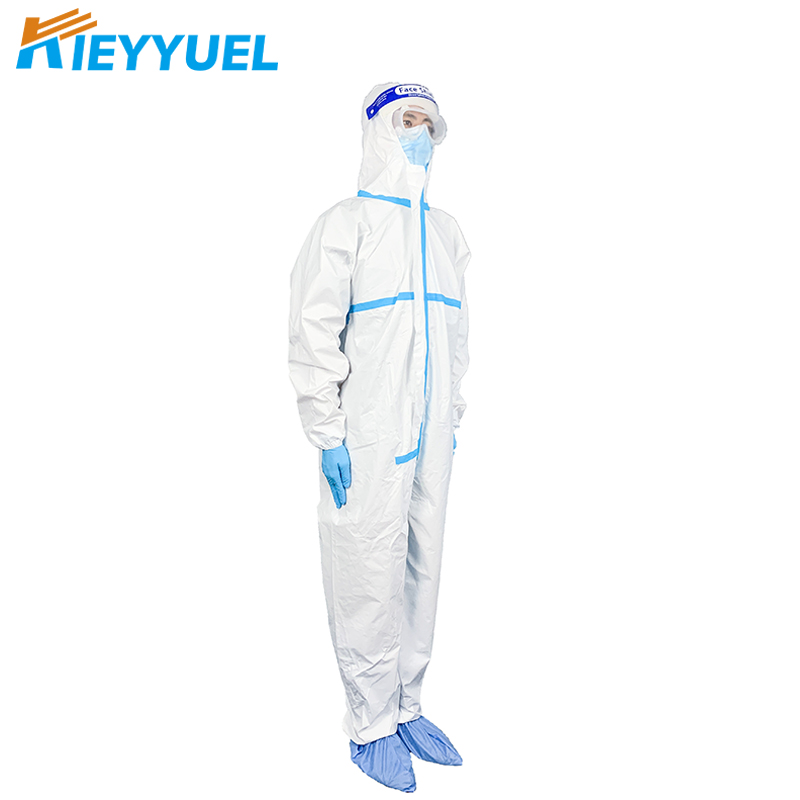
Performance of protective clothing
Performance requirements of protective clothing materials, including protection, wearability, safety and hygiene.
To put it simply: protective clothing not only to drain the wet air, wear freely, but also let medical staff from the diagnosis and treatment process virus, bacteria and other pollutants infection, resist water, alcohol, blood invasion, and effective antistatic, even prevent dust into.
To be specific: (1) The protective requirement has the function of liquid barrier, the key parts of the protective suit (left and right front, right and left arm and back) are impermeable water, and the hydrostatic pressure is not less than 1.67kpa; The penetrability of anti-synthetic blood is no less than level 2, that is, the synthetic blood shall not penetrate after acting on the protective clothing with pressure of 1.75kpa for 5 minutes; The outer side of the protective clothing is not less than level 3. This technical index is to prevent the patient's blood, or during the operation of the disinfectant water, wash liquid and other fluids through the protective clothing, contamination to medical workers.
(2) The protective clothing shall have the performance of preventing the penetration of micro-particles, and the filtration efficiency of the key parts and joints of the protective clothing shall not be less than 70% for non-oily particles. This is to prevent the invasion of virus-bearing particles (such as spitting), and the seams of protective clothing must be covered with sealing strips to hide the pinholes left by sewing.
(3) The wear requirements of protective clothing include adequate strength and dimensional stability. During the tensile test, the breaking strength should not be less than 45N and the breaking elongation should not be less than 30%. This technical index is to ensure the physical properties of clothing, so that it is not easy to damage.
(4) Regarding the wearing comfort of protective clothing, the moisture permeability of protective clothing material shall be no less than 2500g/m2·d. This technical index is to ensure that the wearer's sweating heat is expelled in a timely manner.
The safety and hygiene of protective clothing requires that it is non-toxic, has no skin irritation, and is resistant to mold breeding.
Protective clothing is disposable, economic requirements to ensure the protection performance at the same time, as far as possible to reduce costs.
 English
English  Español
Español  Português
Português  русский
русский  français
français  日本語
日本語  Deutsch
Deutsch  Tiếng Việt
Tiếng Việt  Italiano
Italiano  Nederlands
Nederlands  ไทย
ไทย  Polski
Polski  한국어
한국어  Svenska
Svenska  magyar
magyar  Malay
Malay  বাংলা
বাংলা  Dansk
Dansk  Suomi
Suomi  हिन्दी
हिन्दी  Pilipino
Pilipino  Türk
Türk  Gaeilge
Gaeilge  عربى
عربى  Indonesia
Indonesia  norsk
norsk  اردو
اردو  čeština
čeština  Ελληνικά
Ελληνικά  Українська
Українська  Javanese
Javanese  فارسی
فارسی  தமிழ்
தமிழ்  తెలుగు
తెలుగు  नेपाली
नेपाली  Burmese
Burmese  български
български  ລາວ
ລາວ  Latine
Latine  Қазақ
Қазақ  Euskal
Euskal  Azərbaycan
Azərbaycan  slovenský
slovenský  Македонски
Македонски  Lietuvos
Lietuvos  Eesti Keel
Eesti Keel  Română
Română  Slovenski
Slovenski  मराठी
मराठी  Српски
Српски  简体中文
简体中文  Esperanto
Esperanto  Afrikaans
Afrikaans  Català
Català  עִברִית
עִברִית  Cymraeg
Cymraeg  Galego
Galego  繁体中文
繁体中文  Latvietis
Latvietis  icelandic
icelandic  יידיש
יידיש  Беларус
Беларус  Hrvatski
Hrvatski  Kreyòl ayisyen
Kreyòl ayisyen  Shqiptar
Shqiptar  Malti
Malti  lugha ya Kiswahili
lugha ya Kiswahili  አማርኛ
አማርኛ  Bosanski
Bosanski  Frysk
Frysk  ជនជាតិខ្មែរ
ជនជាតិខ្មែរ  ქართული
ქართული  ગુજરાતી
ગુજરાતી  Hausa
Hausa  Кыргыз тили
Кыргыз тили  ಕನ್ನಡ
ಕನ್ನಡ  Corsa
Corsa  Kurdî
Kurdî  മലയാളം
മലയാളം  Maori
Maori  Монгол хэл
Монгол хэл  Hmong
Hmong  IsiXhosa
IsiXhosa  Zulu
Zulu  Punjabi
Punjabi  پښتو
پښتو  Chichewa
Chichewa  Samoa
Samoa  Sesotho
Sesotho  සිංහල
සිංහල  Gàidhlig
Gàidhlig  Cebuano
Cebuano  Somali
Somali  Точик
Точик  O'zbek
O'zbek  Hawaiian
Hawaiian  سنڌي
سنڌي  Shinra
Shinra  հայերեն
հայերեն  Igbo
Igbo  Sundanese
Sundanese  Lëtzebuergesch
Lëtzebuergesch  Malagasy
Malagasy  Yoruba
Yoruba 





